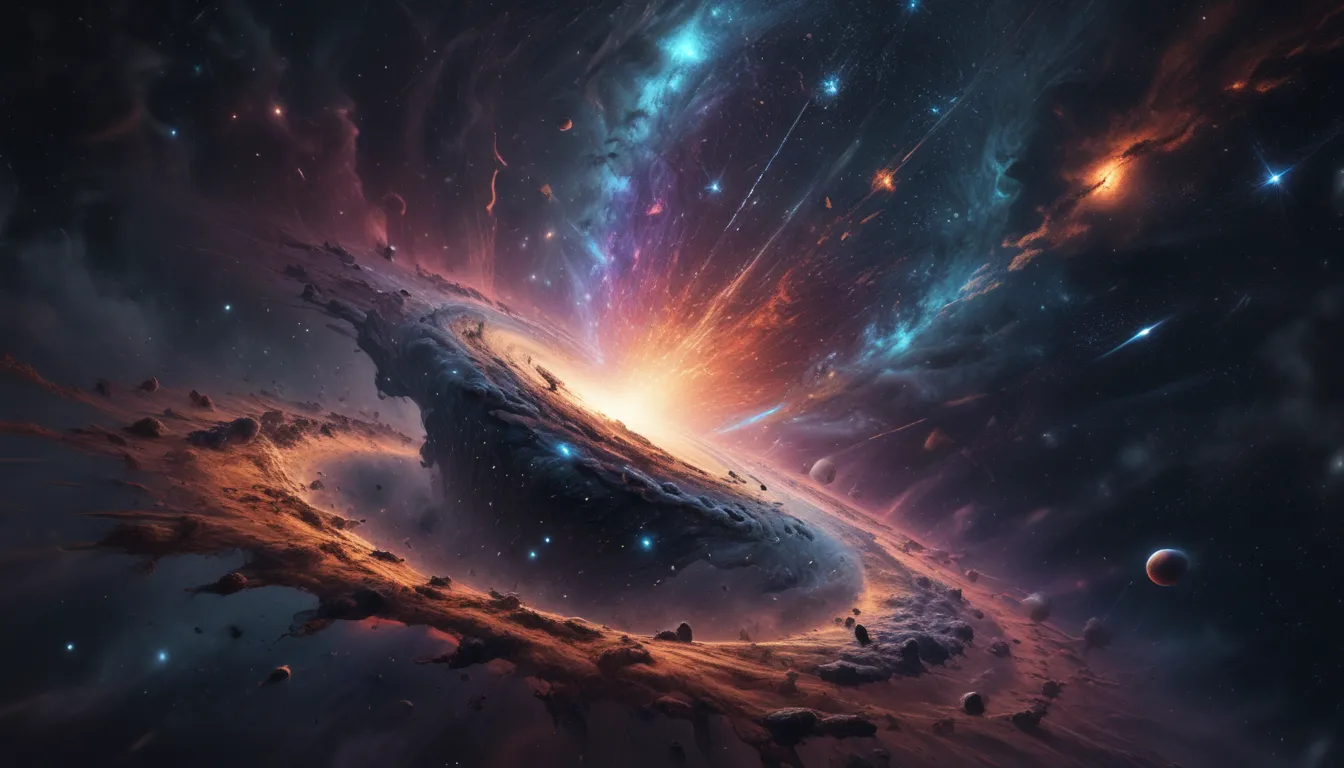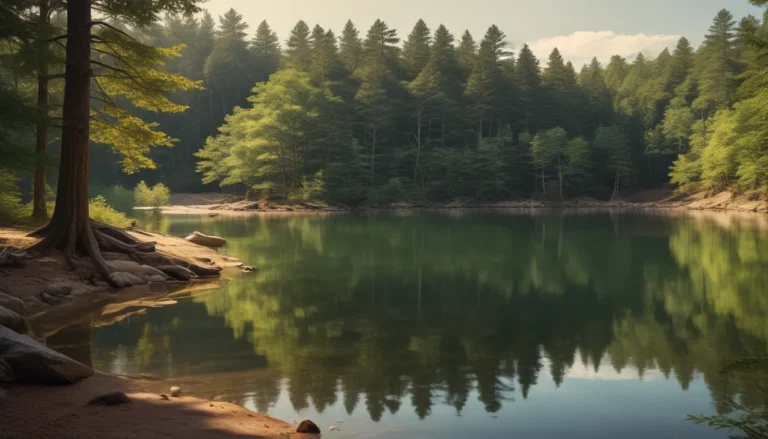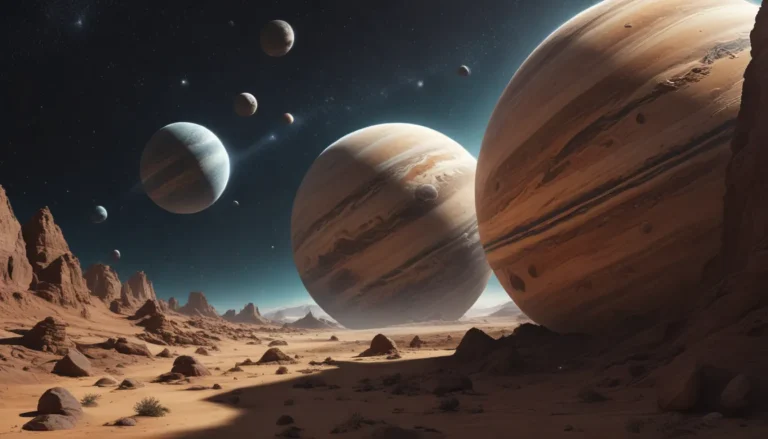The pictures we use in our articles might not show exactly what the words say. We choose these pictures to make you interested in reading more. The pictures work together with the words but don’t take their place. The words still tell you the important facts.
Are you ready to embark on a cosmic journey filled with wonder and discovery? Cosmic dust, also known as interstellar dust, is far more than just a mundane substance floating through space. It is a vital component of the universe, playing a crucial role in the formation of stars, planets, and even life itself. Join us as we delve into the intriguing world of cosmic dust and uncover eight fascinating facts that will leave you in awe of its significance.
The Ubiquitous Presence of Cosmic Dust in the Universe
Cosmic dust, also referred to as space dust or interstellar dust, is not a rare find in the vast expanse of the universe. It can be found everywhere, filling the spaces between stars and galaxies. Composed of tiny particles of various materials such as rock, ice, and carbon compounds, cosmic dust is an essential player in the cosmic orchestra, contributing to the formation of celestial bodies and the evolution of galaxies.
The Microscopic Nature of Cosmic Dust
Despite its significant role in shaping the cosmos, cosmic dust is incredibly small in size. Ranging from a few molecules to particles as large as a grain of sand, these microscopic particles are easily carried by solar winds, allowing them to travel vast distances across space. Their minuscule size belies their importance in the grand scheme of the universe.
Cosmic Dust: The Architect of Planets
One of the most intriguing aspects of cosmic dust is its role in the formation of planets. As these tiny particles collide and stick together, they gradually accumulate to form larger objects known as planetesimals. Through the process of accretion, these planetesimals grow in size, eventually coalescing into fully-fledged planets. Thus, cosmic dust serves as the building blocks upon which new worlds are fashioned.
The Ethereal Glow of Cosmic Dust
When starlight interacts with cosmic dust, a phenomenon called "interstellar extinction" or "cosmic dust scattering" occurs. This scattering of light bestows upon cosmic dust an ethereal glow, allowing astronomers to observe and study the dust-filled regions of the universe. It is this enchanting radiance that illuminates the unseen corners of the cosmos, revealing the hidden beauty of cosmic dust.
Unveiling the Secrets of Organic Matter in Cosmic Dust
The composition of cosmic dust is a treasure trove of surprises, containing organic molecules and complex carbon-based compounds. These organic materials are the fundamental building blocks of life, offering insights into the origins of planets and the potential emergence of life forms. By studying the organic matter within cosmic dust, scientists gain valuable clues about the cosmic processes that have shaped our universe.
Cosmic Dust: The Nurturer of Stellar Nurseries
Stellar nurseries, where new stars are born, are teeming with cosmic dust. As these young stars take shape, their intense radiation interacts with the surrounding dust, sculpting intricate structures and initiating the formation of protoplanetary disks. These disks are essential for the creation of planetary systems, highlighting the pivotal role that cosmic dust plays in the birth of celestial bodies.
The Interstellar Adventures of Cosmic Dust
Thanks to its microscopic size and interaction with stellar winds, cosmic dust can traverse vast distances across galaxies. This intergalactic journey enriches galaxies with elements forged in the fiery hearts of stars, influencing their chemical composition and evolutionary path. The migration of cosmic dust across the galaxy is a testament to the interconnectedness of cosmic phenomena.
Cosmic Dust: A Window into the History of the Universe
By studying cosmic dust, scientists unlock valuable insights into the history of the universe. Through the analysis of interstellar dust samples, researchers can determine the composition, age, and origin of cosmic dust particles, shedding light on the processes that have shaped our universe over billions of years. Cosmic dust provides a tangible link to our cosmic past, offering a glimpse into the ancient origins of the cosmos.
Unraveling the Cosmic Puzzle: Conclusion
In conclusion, cosmic dust is a captivating enigma that reveals the intricate workings of the universe. From its microscopic composition to its profound impact on celestial phenomena, cosmic dust continues to captivate scientists worldwide. As we peer into the mysteries of cosmic dust, we gain a deeper understanding of the origins of our solar system and the boundless galaxies beyond. Let us remain curious and inquisitive, for the wonders of cosmic dust are yet to be fully unveiled.
FAQs: Your Cosmic Queries Answered
Q: What is cosmic dust?
A: Cosmic dust refers to tiny particles distributed throughout space, composed of various elements and compounds.
Q: Where does cosmic dust come from?
A: Cosmic dust is predominantly formed from supernovae explosions and the disintegration of celestial bodies like comets and asteroids.
Q: How does cosmic dust impact space exploration?
A: Cosmic dust poses challenges in space exploration by potentially damaging spacecraft and equipment, necessitating careful consideration in mission planning.
Q: Can cosmic dust pose health risks to humans?
A: Most cosmic dust is harmless in small quantities, but prolonged exposure to high levels may present health concerns.
Q: What insights can be gained from studying cosmic dust?
A: Studying cosmic dust provides valuable information about the chemical composition of the universe, the formation of stars and planets, and the potential origins of life.
Q: How is cosmic dust detected and analyzed?
A: Telescopes and space probes are commonly used to detect cosmic dust, with techniques like spectroscopy and laboratory analysis employed for composition analysis.
Q: Can cosmic dust offer clues about the early universe?
A: Yes, the study of cosmic dust can yield valuable insights into the conditions and processes of the early universe's evolution.
Q: Will cosmic dust ever deplete?
A: Cosmic dust is continuously replenished in space, making its complete depletion unlikely.
Embark on your cosmic quest, armed with newfound knowledge about the enigmatic world of cosmic dust. Delve into the mysteries of space, explore the secrets of celestial phenomena, and glean insights into the cosmic tapestry that surrounds us. Your journey into the cosmic unknown awaits, filled with wonder, discovery, and boundless fascination. Dive deeper into the universe's hidden treasures, and let the mysteries of cosmic dust guide your cosmic odyssey.






